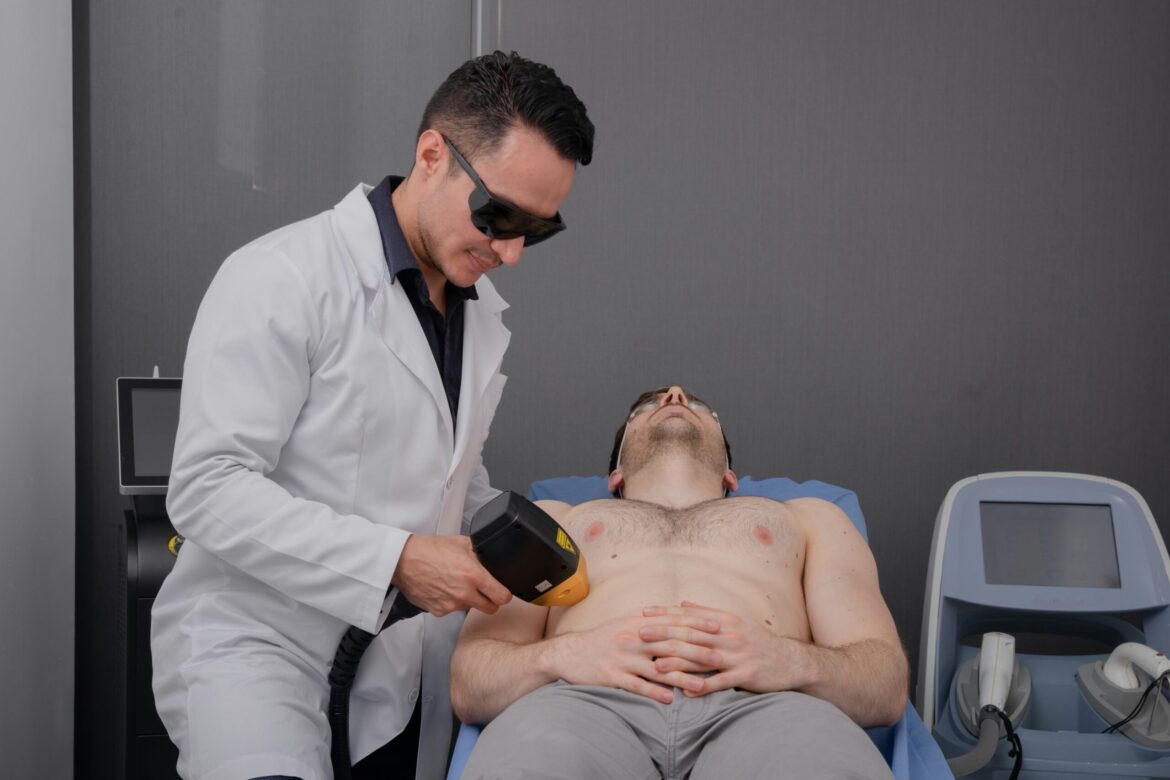The Rise of High-Tech Recovery in Men’s Fitness
February 13, 2025 – The pursuit of peak performance has led to a revolutionary shift in men’s fitness: biohacked recovery techniques. In 2025, athletes and fitness enthusiasts are increasingly leveraging a fusion of science, technology, and natural therapies to accelerate muscle recovery, combat fatigue, and optimize overall physical performance.
Beyond Traditional Recovery: The Science Behind Biohacking
Biohacked recovery transcends conventional rest and recuperation strategies, integrating cutting-edge tools such as infrared therapy, cryotherapy, and electrical muscle stimulation (EMS). These methods work alongside natural approaches like deep tissue massage, sound therapy, and breathwork to promote rapid muscle repair and minimize strain from intense training sessions.
Innovative Recovery Techniques Gaining Popularity
One of the most sought-after biohacked recovery methods is cryotherapy. This technique exposes the body to sub-zero temperatures for short durations, significantly reducing inflammation and expediting the healing process. Similarly, infrared saunas and red light therapy are gaining traction for their ability to enhance circulation, alleviate muscle soreness, and expedite recovery post-workout.
Electrical muscle stimulation (EMS) devices are also making waves in the fitness community. By delivering low-frequency electrical impulses directly to targeted muscle groups, EMS technology mimics the effects of physical exercise, encouraging muscle activation and repair without additional exertion.
The Future of Recovery: Smarter, Faster, and More Effective
Experts believe that biohacked recovery techniques are revolutionizing the way men approach fitness and performance. With an increasing number of gyms and wellness centers incorporating these advanced technologies, rapid and efficient recovery is becoming more accessible than ever.
As men continue to push their fitness boundaries, integrating biohacked recovery methods ensures they can sustain peak performance while reducing the risk of injury. By prioritizing smarter recovery strategies, athletes can train harder and recover more efficiently—staying at the top of their game in 2025 and beyond.

